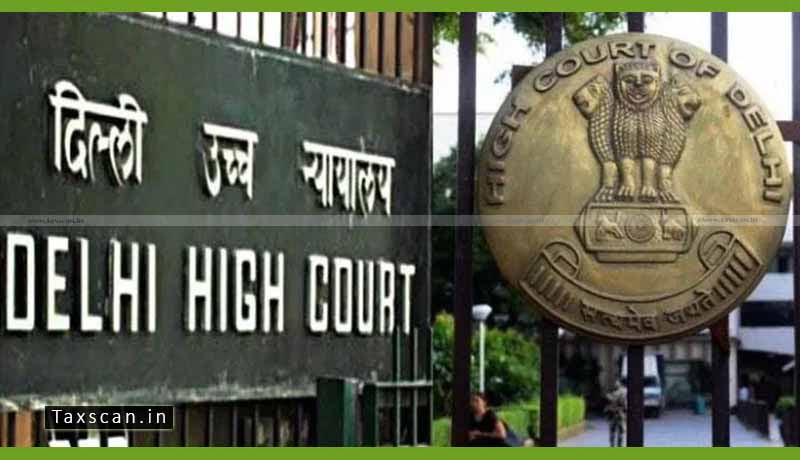Capital Gain Deduction allowed for DDA allotted Flats: Delhi HC

The Delhi High Court has held that CBDT in its circulars No. 672 dated 16.12.1993 has made it clear that the acquisition of flat through allotment by DDA has to be treated as construction of flat and deduction capital gains under Section 54 of the Act is allowed.
The ruling was made by a division bench comprising of Justice Vipin Sanghi and Justice Sanjeev Narula in the case of Pr. Commissioner of Income Tax-17 New Delhi. Vs. Sh. Akshay Sobti. The assessee had sold the property at Jor Bagh on 21.12.2011. On the said sale, the assessee has claimed deduction of capital gains under Section 54 of the Act. The AO made disallowance of deduction on the ground that the assessee entered into an agreement dated 10.02.2006 and the said date of the agreement is to be treated as date of acquisition, which falls beyond the one year period provided under Section 54 of the Act and is also prior to the date of transfer. The assessee was required to purchase a residential house property either one year before, or within two years after the date of transfer of original asset; or within a period of three years after the date he was required to construct a residential house.
CBDT in its circulars No. 672 dated 16.12.1993 has made it clear that the acquisition of flat through allotment by DDA has to be treated as construction of flat, would apply to cooperative societies and other institutions. The ITAT has relied upon the said circular and held that the builder would fall in the category of other institutions and possession was granted on 30.03.2013. The assessee had booked a semi-furnished flat with the builder, namely, Magnolias DLF Golf Links. Accordingly, the assessee had a window of three years period from 21.12.2011 till 21.12.2014 to construct a house property, calculated from the date of transfer of original asset. Against the order of o CIT (A), the Revenue filed an appeal before this court.
The appellant argued that the payments to Magnolias DLF and bank, interest on loans and on the cost of improvement of the property have not been made from the sale proceeds of the Jor Bagh property and therefore the benefit of Section 54 of the Act should not be allowed to the assessee.
While dismissing the appeal, the court held that Respondents had fulfilled the conditions laid down under Section 54 (1) of the Act. The presumption drawn by the AO for making the addition was patently false, based on conjectures and surmises, without appreciating the records and making an inquiry to discredit the evidence and confirmation placed on record by the assessee. This consistent factual finding arrived at by the CIT (A) and ITAT does not give rise to any question of law.
To Read the full text of the Judgment CLICK HERE

